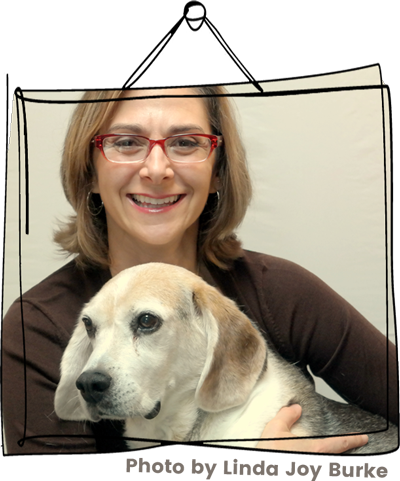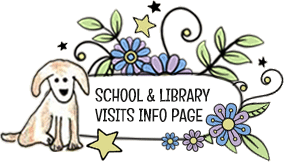A question came up in one of my kidlit groups the other day: Can young readers handle books with more than one narrator?
No surprise, there was a debate among the members. Why make books harder for kids to read by writing in more than one voice? Isn’t that confusing?
While I don’t think multiple POV books are everyone’s cup of tea, kids and teens are more resilient readers than we give them credit for. They are still forming opinions about what they like and don’t like in a book, which makes them less resistant to novels that play with form, structure, and voice than an adult reader might be.
One of my favorite authors of multi-voiced books is children’s and YA author Mary Amato. Her middle grade novel PLEASE WRITE IN THIS BOOK is a big favorite at our house. Last fall (2016), Mary and I led an intensive workshop on voice at the SCBWI MidAtlantic annual conference. Since I had recently survived writing a book in the voices of 18 fictional fifth graders, I was curious about how other multiple POV authors do it. What’s the process for writing a book when the reader shifts from one character’s viewpoint to another?
To find out, I conducted a survey of authors whose books have two or more speakers. Thanks to Jeff Zentner (THE SERPENT KING), Mary Amato (OUR TEACHER IS A VAMPIRE AND OTHER (NOT) TRUE STORIES), Ava Jae (BEYOND THE RED), Caroline Starr Rose (BLUE BIRDS), Jeff Giles (THE EDGE OF EVERYTHING), and Dee Romito (THE BFF BUCKET LIST) for answering my questions and giving me permission to share the survey below.
While I was working on THE LAST FIFTH GRADE OF EMERSON ELEMENTARY, I couldn’t have kept track of the 18 characters, when they spoke, how often they appeared in each section of the book, without my color coded spreadsheet.
How — and why — do other authors tackle writing a book in multiple points of view? Click through this slide show to find out. (Be sure to click the picture to expand the images.)
[huge_it_slider id=”6″]
What do I love about reading stories told from more than one point of view? A story with more than one narrator asks the reader to stitch together different takes on the book’s events — much like piecing Caroline’s quilt — in order to build meaning. This active style of reading builds empathy because it helps readers understand something profound: Even though we share experiences, everyone — in fiction and in life — uses their individual experiences as a lens through which they view the world.






This is great advice, Laura. Thank you for posting this with the slide presentations. There were a lot of great ideas in here, and I especially liked the different fonts for different characters. It’s like a visual cue… “Oh, I can’t say that in Calibri 11-point!”
Thanks for reading, Mike. It’s a fascinating topic and I like the way that each author approached differentiating the voices in his or her own way. Yes — Mary’s suggestion is a good one.
This post is such a great resource! Thank you for sharing the results in the slide presentation!
Thanks, Holly. I’m glad you stopped by. Each author had fascinating insights into their process. For people who are visual, like me, seeing the maps, quilts, and sheets drives home the point that staying organized is key.
[…] Craft Talk: Multiple Point of View Novels :: Laura Shovan Blue Birds is here! […]
Are the color-coded spreadsheet and/or slideshow still available. I am getting ready to do a novel study of “The Last FIfth Grade of Emerson Elementary” with my students and would love to see these.
Hi, Amy. I sent you an email.